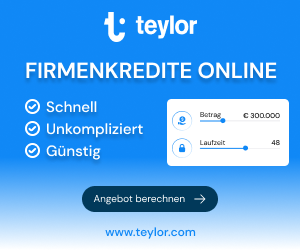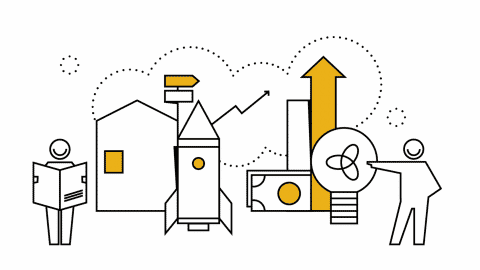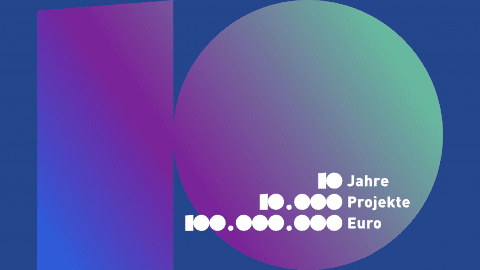
crowdfunding.de: In May 2015 Kickstarter became accessible for creators from Germany. How would you describe Kickstarter’s first year on the German market?
Sean Leow: It’s been amazing to see the range and amount of projects launched from Germany in just one year, from animated shows to smart car apps to people pursuing their creative side projects. We’re still learning how we can best support all the creators in Germany whether it’s through introductory workshops or 1:1 support we provide through our team on-the-ground. We can’t wait to see what is in store for year two!
From a US perspective, how would you characterize the German crowdfunding environment? Do you see differences between crowdfunding in the US and in Germany?
Kickstarter is focused on bringing creative projects to life, so the important distinction for us is the difference in how creative people get projects funded in the US and Germany. For instance, in Germany, you have much stronger government funding for the arts. But Kickstarter is about more than money: it’s about community. People can propose any kind of creative idea — an experimental film, a challenging piece of conceptual art — and bring it to life together.
On the backer side, we see an increasing familiarity with the concept of supporting people and projects online. And it’s especially encouraging to see German projects that attract a large local community, as the creators behind PACE recently did.
People that want to start a crowdfunding campaign can choose between different platforms. In what way is Kickstarter different than other reward-based platforms?
Kickstarter is completely focused on celebrating creative projects — we don’t allow charity or other forms of fundraising — and we have a very large community of people who come to us to be inspired by imaginative and innovative ideas. More than $2.3 billion has been pledged to creative projects on Kickstarter, by more than 10 million people from 231 countries and territories.
What are the next steps in Kickstarter’s international strategy? Do you consider opening offices outside the US?
Kickstarter is about community, so we want to grow slowly and deliberately, in a way that allows local creative communities to incorporate Kickstarter into what they do. We’re lucky to have built strong relationships with great local organizations internationally, ranging from cultural institutions like Berlinale to startup accelerators who help us identify and support creators. As an organization, we’re still a small team (about 130 people), and almost all of us are based in Brooklyn.
A recent study – that was sponsored by Kickstarter – revealed that 9% of all successful projects fail to deliver the promised rewards. Where do you see the responsibility of a platform, when it comes to the realization of these projects? Could it be an option, to pay out the funding sum in steps that correlate with the development of the project?
That’s right, and we think that’s a reasonable failure rate — you might compare it to, say, tech startups or new restaurants. But we also understand that not everyone wants to take that risk. So we aim to make very clear exactly how Kickstarter works — that it’s not a store, and that there are no guarantees. A big part of our responsibility is making sure expectations are clear for everyone going in. We do that in a number of ways — for example, we show backers a prominent message before they pledge, reminding them that Kickstarter doesn’t guarantee projects.
A system with zero risk is a system so safe that it prevents innovative things from happening. The fact that people take risks and try to do things that have never been imagined before is a good thing. We don’t want to prevent people from taking chances.
At the moment there are more than 5.000 projects live on Kickstarter. Selected projects have the chance to get featured on the website and Kickstarter’s social media channels. What are the criteria to get “staff picked”?
We have a whole team of people in our office with backgrounds in all sorts of creative fields. When we spot projects we think are really exceptional, we try to let the world know about them.
After more than 100.000 successfully funded projects on Kickstarter: what is your most important advice for people that want to run a campaign?
Our number one piece of advice: you can do it! Everyone who has ever done a successful Kickstarter project has started from scratch, with just an idea, and hundreds of thousands of them have brought their dream to life. We have tons of resources for creators on where to go from there: https://medium.com/kickstarter-tips.
Thank you for the Interview!






Kommentare
Die E-Mail-Adresse wird nicht veröffentlicht. Erforderliche Felder sind mit * markiert. Infos zum Datenschutz.